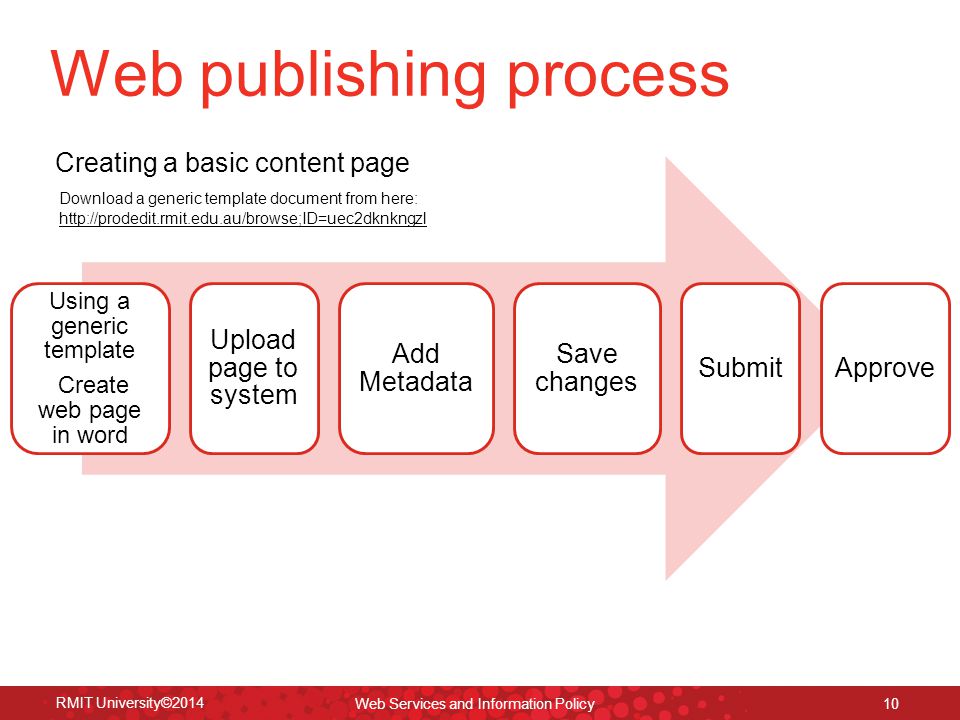CHAPTER 2 : THE INTERNET
l EVOLUTION OF INTERNET
1969 ARPANET becomes functional →1984 ARPANET has more than 1,000 individual computers linked as hosts → Today millions of hosts connect to the Internet
l CONNECTING TO INTERNET
Wired
|
Wireless
|
Ø Cable Internet service
Ø DSL (digital subscriber line)
Ø Fiber to the Premises (FTTP)
|
Ø Wi-Fi (wireless fidelity)
Ø Mobile broadband
Ø Fixed wireless
Ø Satellite Internet Service
|
IP address
A sequence of numbers that uniquely identifies each computer or device connected to the Internet.
Domain
Name is a text-based name that corresponds to the IP address
DNS server
Translates the domain name into its associated IP address
l THE WORLD WIDE WEB
Browser
Is an application that enables users with an Internet connection to access and view webpages on a computer or mobile device
Home Page
Is the first page that a website displays
Desktop browsers
Typically support tabbed browsing
Webpage
Has a unique address called a web address or URL
l TYPES OF WEBSITES
Search Engine
software that finds websites, webpages, images, videos, news, maps, and other information related to a specific topic
Types of Websites
Ø Online social network
Ø Informational
Ø Media sharing and bookmarking sites
Ø News, weather, sports, and other mass media
Ø Educational
Ø Business, Governmental, and Organizational
Ø Blogs
Ø Wikis
Ø Entertainment
Ø Financial
Ø Health and Science
Ø Travel and Mapping
Ø Shopping and Auctions
Ø Careers and Employment
Ø E-Commerce
Ø Portals
Web Publishing
the development and maintenance of websites

l MEDIA ON THE WEB
Multimedia refers to any application that combines text with
Ø Graphics
-Digital representation of nontext information
-Graphic formats include BMP, GIF, JPEG, PNG, and TIFF
Ø Animation
the appearance of motion created by displaying a series of still images in sequence
Ø Video
consists of images displayed in motion
Ø Audio
the appearance of motion created by displaying a series of still images in sequence
Ø Virtual reality
he use of computers to simulate a real or imagined environment that appears as a three-dimensional space
l OTHER INTERNET SERVICES
Email
The transmission of messages and files via a computer network
Email Program
Allows you to create, send, receive, forward, store, print, and delete email messages
Email List
A group of email addresses used for mass distribution of a message
Instant messaging (IM)
A real-time Internet communications service
Chat
A real-time typed conversation that takes place on a computer or mobile device
Chat Room
A website or application that permits users to chat with others who are online at the same time
Discussion Forum
An online area in which users have written discussions about a particular subject
Voip (Voice Over IP)
enables users to speak to other users over the Internet
Eg: Viber, Whatapp, Skype
FTP (File Transfer Protocol)
an Internet standard that permits file uploading and downloading to and from other computers on the Internet
Ø Many operating systems include FTP capabilities
Ø An FTP server is a computer that allows users to upload and/or download files using FTP
Netiquette
the code of acceptable Internet behavior.
Comments
Post a Comment